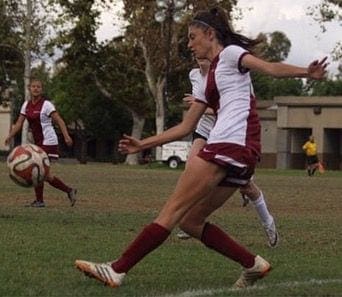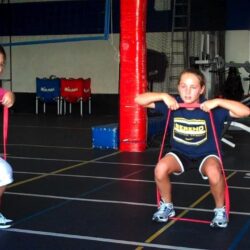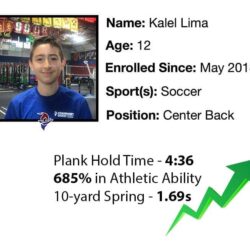Preventing common injuries in soccer: Hamstring strains part 1
By: Kyle Ertel
A successful athlete knows that to be at the top of their game, their most important priority is staying healthy and on the field. Hamstring strains are one of the most common injuries that soccer players suffer from. These can leave a soccer athlete on the sidelines from weeks to months depending on the severity of the strain.
What is it?
A hamstring strain is a tear to the tendons or large muscles at the back of the thigh and can occur in different severities. The three grades of hamstring injury are:

Grade 1 – a mild muscle pull or strain
Grade 2 – a partial muscle tear
Grade 3 – a complete muscle tear
The length of time it takes to recover from a hamstring strain will depend on how severe the injury is. A minor muscle pull or strain (grade 1) may take a few days to heal, whereas it could take weeks or months to recover from a muscle tear (grade 2 or 3).
Why does it happen?
A hamstring strain happens when the muscle, while being stretched, is asked to perform a powerful contraction. An example of this is when a soccer player pushes off to sprint and recruits all of the power of the hamstring muscles.
The hamstring muscles also work extremely hard to slow down the lower leg when sprinting. For example, when a soccer player sprints and reaches their leg out when their foot hits the ground, the hamstrings contract and the muscle can tear. When muscles tear, they tear at or near where the muscle joins the tendon. In some severe cases, the tendon can tear away from bone (called an avulsion injury).
When the hamstrings contract, the quadriceps relax. And when the quads contract, the hamstrings relax. It’s a not-so-delicate tug-of-war game. When they are out of sync, bad things can happen that extend beyond the muscle groups themselves. One theory for the high incidence of ACL injuries in females is an imbalance of strength between the hamstrings and quadriceps.
Check back in next month for Part 2: What can I do to prevent hamstring strains?



